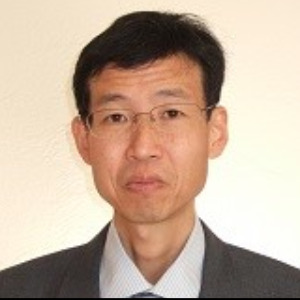Smart Materials and Surfaces
Smart materials and surfaces represent a revolutionary field in materials science, offering innovative solutions with the ability to adapt and respond to external stimuli. These materials possess unique properties that can be manipulated to change their physical or chemical characteristics in a controlled manner. One prominent example is shape memory alloys, which can revert to their original shape after deformation, opening doors for applications in biomedical devices, aerospace engineering, and consumer products. Another category includes piezoelectric materials, which generate an electric charge in response to mechanical stress, finding utility in sensors, actuators, and energy harvesting devices.
Smart surfaces, on the other hand, focus on altering surface properties dynamically. These surfaces can respond to changes in temperature, pressure, or other environmental factors, leading to enhanced functionality. Superhydrophobic surfaces, for instance, can repel water and prevent ice formation, showcasing potential applications in anti-icing technologies. Additionally, self-healing surfaces equipped with materials that can repair damage autonomously are gaining traction in various industries, reducing maintenance costs and prolonging the lifespan of materials. The integration of smart surfaces is contributing to advancements in fields such as healthcare, transportation, and infrastructure.
The widespread adoption of smart materials and surfaces is poised to transform industries by offering unprecedented capabilities. From responsive clothing that adapts to temperature changes to buildings with self-monitoring and repairing capabilities, the potential applications are vast. As research continues to push the boundaries of material science, the development of smart materials and surfaces holds the promise of revolutionizing how we interact with technology and the environment, ushering in an era of increased efficiency, sustainability, and functionality.

Harry Ruda
University of Toronto, Canada
Raman Singh
Monash University, Australia
Paulo Cesar De Morais
Catholic University of Brasilia, Brazil
Xiao Hong Nancy Xu
Old Dominion University, United States
S V A R Sastry
Harcourt Butler Technical University, India
Vinayak Adimule
Angadi Institute of Technology and Management, India



Title : 40,000 implants in humans and no failure: The impact of nanomedicine
Thomas J Webster, Hebei University of Technology, China
Title : Cellulose-derived biochar modified with iron oxide and ZnO nanoparticles by a novel one-step pyrolytic method for removal of emerging contaminants from water
Rashad Al Gaashani, Hamad Bin Khalifa University, Qatar
Title : Harnessing the unique properties of engineered nanostructures for sensing
Harry Ruda, University of Toronto, Canada
Title : Circumventing challenges in developing CVD graphene on steels for extraordinary and durable corrosion resistance
Raman Singh, Monash University, Australia
Title : Nano DAP augments productivity, phosphorus use efficiency, and profitability of spring wheat in India
Binaya Kumar Parida, Coromandel International Ltd, India
Title : Lipid nanoparticles formulations: From bench scale to industrial scale
Mohammad A Obeid, RAK Medical and Health Sciences University, United Arab Emirates